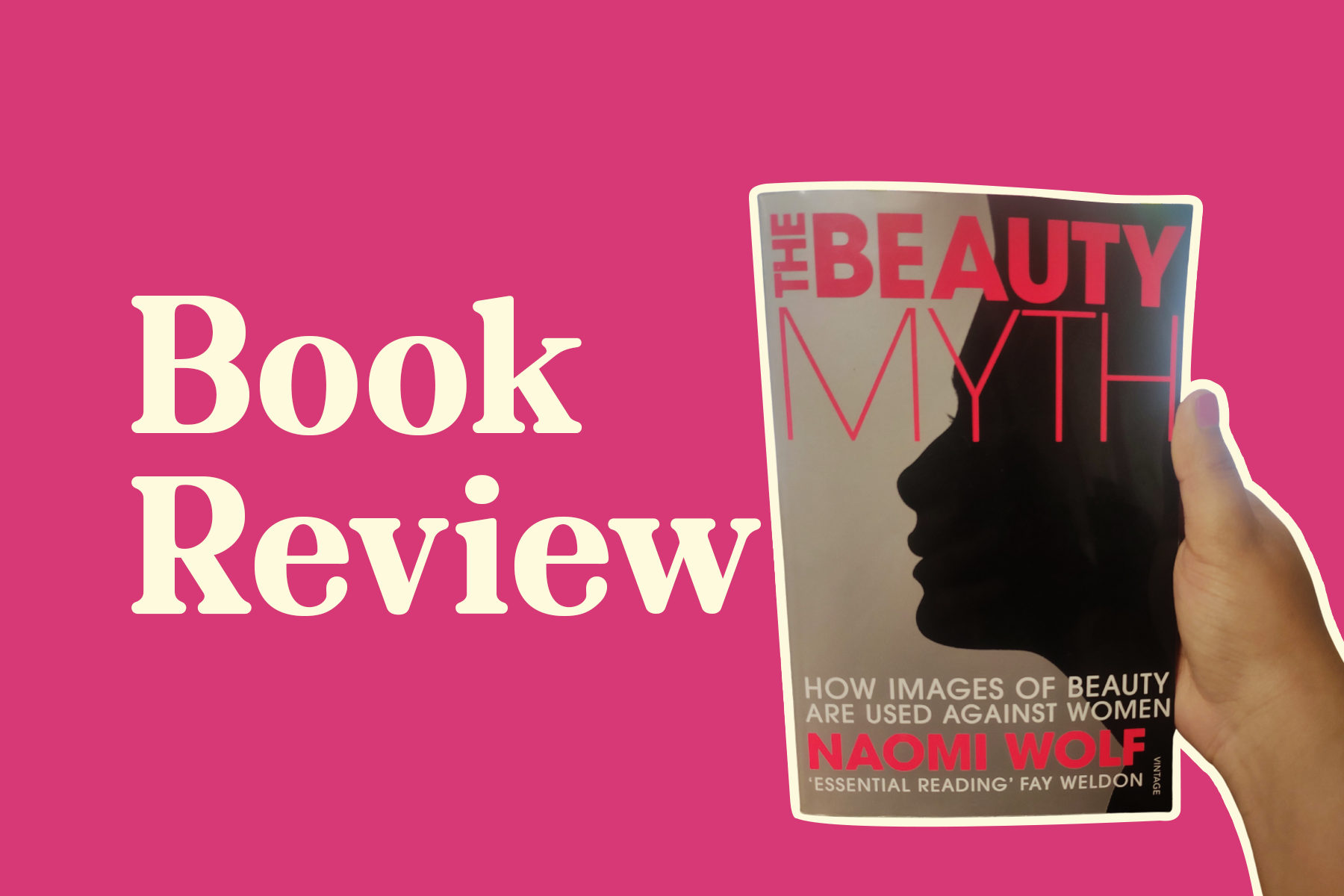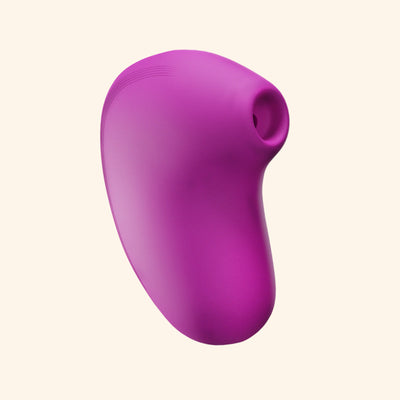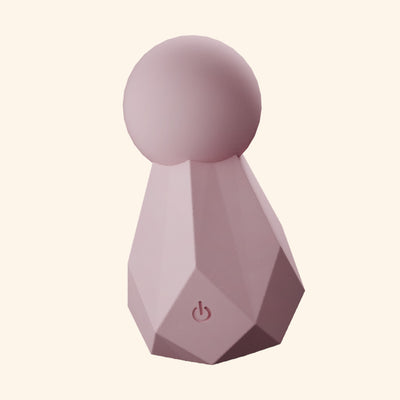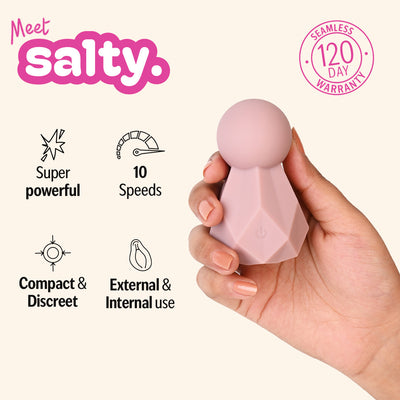Your cart is currently empty

As a 14-year-old, I grew up in a space where I watched my father make fun of my mom because she “took all the time in the world” to get ready whenever we were heading to attend a wedding. At the same time, I grew old looking at my guy best friend chasing the “prettiest girl” in school who used to ensure her kajal was on point and the puff in her hair intact after every class.
The dichotomy in how the most immediate male figures in my life viewed women and their pursuit of beauty was challenging yet compelling.
Initially, I used to believe that men had different opinions when it came to what they considered ‘attractive’ in women—it was only a matter of time before I realized that the same folks who would criticize our “drawn-out beauty regimes” are the ones who would go gaga over the female lead in a Bollywood film, who spent hours getting ready in her trailer before every shot.

What defines how we perceive ‘beauty’ in the context of femininity has over the years challenged women in various aspects of their lives.
Because beauty standards are so ever-pervasive and deeply intertwined with their sense of identity, it’s not surprising how from workplace to romantic relationships, women have often been at the forefront of the politics that drive this ‘beauty myth’ that author Naomi Wolf expands upon in one of the most controversial feminist works, ‘The Beauty Myth’.
To give you context, the book goes way back to the 1990s and was considered an American feminist breakthrough, a seminal work that stood out in the third wave of the feminist movement.
This book came around a time when feminist ideas had taken a back seat as women lost touch with the tenacity of the situation, and so Naomi Wolf instantly rose to fame as one of the feminist icons of her time.
What REALLY works well…
I appreciate the simplicity and prudent nature of the contents – the book is divided into eight chapters including the preliminary introduction and a conclusive note. From work and culture to sex and violence, Naomi Wolf dived into the various intersecting yet independent domains that affect (and, govern) the lives of women across the globe.
She used the idea of “The Man” to refer to what one can assume might be the stakeholders in pushing the faulty perceptions of beauty through advertising, and political propaganda. Beauty, as per Naomi, is thus an artificial entity that doesn’t belong to the women who embody it, but rather the result of patriarchal conditioning and systemic injustices. Here’s a poignant quote from the book that best encapsulated the essence of the book for me:
“What are other women really thinking, feeling, experiencing, when they slip away from the gaze and culture of men?”

What stands out about the book, that most readers would agree with, is how well it emphasizes the capitalistic agendas of advertising and the fashion & beauty industry—feeding off of the insecurities of women around their bodies, physical appeal, and attractiveness.
At a time when body positivity was a concept that only a few were privileged to know about, The Beauty Myth managed to make some good points about how women get trapped in a cycle of the relentless chase of unrealistic and unattainable beauty standards, while getting distracted from the larger discourse around more pressing issues such as pay equality, reproductive rights, etc.
To give you an example, some iconic magazines and brands back in the 1990s, only showed petite women in all their campaigns, with visible collar bones and toned arms. Tall, tanned, and beautiful was the gold standard as could be seen in this Vogue cover of January 1990.

Vogue UK, January 1990.
Naomi adds to this, “Culture stereotypes women to fit the myth by flattening the feminine into beauty-without-intelligence or intelligence-without-beauty; women are allowed a mind or a body but not both.”
Because of this growing obsession with women’s appearance, their professional merit was often attributed to how well-dressed they were, the shade of their lipstick, and their physique, especially in jobs that required them to present themselves in a certain way (like news anchors, politicians, etc).
The book picks up on this: "What women look like is considered important because what we say is not." Hence, the power, success, and achievement of women were often reduced to how well they showed up and beauty became a status symbol that soon turned out to be a double-edged sword. A few quotes from the book highlight this imbalance:
When it comes to sexuality, Naomi is quick to bring up how from a young age, female sexual desire is a concept that’s been adulterated to serve the needs of men. She says, “What little girls learn is not the desire for the other, but the desire to be desired”, and discusses how instead of embracing their sexuality, women have been conditioned to serve as and view themselves as objects of desire and gratification.
My biggest takeaway from this book would be this well-crafted line: “Beauty discrimination has become necessary, not from the perception that women will not be good enough, but that they will be, as they have been, twice as good.”
Also Read: Decoding Seeing Like a Feminist by Nivedita Menon
What COULD have been better…
This wouldn’t come as a surprise, the book definitely didn’t age well. There are several criticisms of the book that have been highlighted by fellow authors, researchers, and avid readers of feminist literature over the past few decades.
The author’s credibility has been questioned given her being banned from Twitter after spreading myths about the COVID vaccine through her tweet. In fact, in her second book ‘Outrages: Sex, Censorship and the Criminalization of Love’, major errors were pointed out by experts wherein she grossly misinterpreted a legal term referring to the execution records of men convicted of sodomy in Britain.
Funnily enough, the first point of criticism about ‘The Beauty Myth’ is that of statistical inaccuracies throughout the texts that in more places than one, challenge the claims put forth by the writer.
Next, Naomi talks about how the definitions of "beautiful" and "sexual" keep changing to serve the social order. I think it’s more complex than that because to put it in French Marxist anthropologist, Maurice Godelier’s words, “It is not sexuality that haunts society, but society that haunts the body’s sexuality.”
Last but the most important, the book doesn’t take into account genderqueerness and fluidity of masculinity and femininity and isn’t contextualized as per the Indian scenario (although, it does reflect on the whitewashing of beauty ideals that has just as well been reflected in Indian mainstream culture).
Note for the Readers
Despite its critique and the author’s misleading and questionable stance about something as deeply disturbing as the pandemic aftermath, this book serves as a memoir of the culture of beauty standards and body propaganda.
It’s an interesting read that comes with some gut-punching reality checks about women, their bodies, and the politics of control.
----
Juicy Reads by That Sassy Thing is an initiative where we will review books that align with our vision of making the world a safer, more pleasurable space.
We'll start with reviewing 2 books every month and as we grow, we'll have lots more coming your way!
----
About the Author











